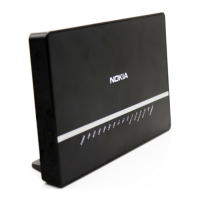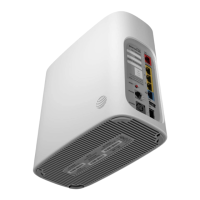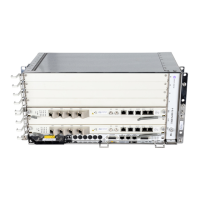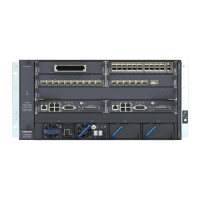FD 100/320Gbps NT and FX NT IHub Services Guide Services Overview
Issue: 13 3HH-11985-AAAA-TQZZA 47
3.2.2 Service Policies
Common to all ISAM connectivity services are filter policies that are assigned to the
service. Filter policies are defined at a global level and then applied to a service on
the router. They are used to define ISAM service enhancements.
• Filter policies allow selective blocking of traffic matching criteria from ingressing
or egressing a SAP.
Filter policies, also referred to as access control lists (ACLs), control the traffic
allowed in or out of a SAP based on MAC or IP match criteria. Associating a filter
policy on a SAP is optional. Filter policies are identified by a unique filter policy ID.
A filter policy must be created before it can be applied to a SAP. A single ingress
and single egress filter policy can be associated with a SAP.
3.3 ISAM Service Model
In the ISAM service model, the ISAMs are deployed at the subscriber access
network. From there, traffic is forwarded on VLANs or on MPLS PW towards service
edge routers deployed at the provider edge (ISAM or 7450).
The service model uses logical service entities to construct a service. The logical
service entities are designed to provide a uniform, service-centric configuration,
management, and billing model for service provisioning. Some benefits of this
service-centric design include:
• Many services can be bound to a single customer.
• Many services can be bound to a single tunnel.
• Tunnel configurations are independent of the services they carry.
• Changes are made to a single logical entity rather than multiple ports on multiple
devices. It is easier to change one tunnel rather than several services.
• The operational integrity of a logical entity (such as service end points) can be
verified rather than dozens of individual services improving management scaling
and performance.
• A failure in the network core can be correlated to specific subscribers and
services.
• Filter policies, and accounting policies are applied to each service instead of
correlating parameters and statistics from ports to customers to services.
Service provisioning uses logical entities to provision a service where additional
properties can be configured for bandwidth provisioning, QoS, security filtering,
accounting/billing to the appropriate entity.

